- No products in the cart.
Pariet tab n / an kish.rastv. 10 mg 14 pcs
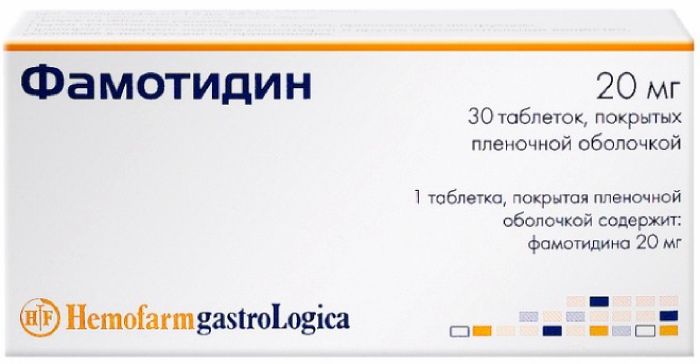
Famotidine tab p / 20 mg of 30 pcs, Hemofarm
$1.56
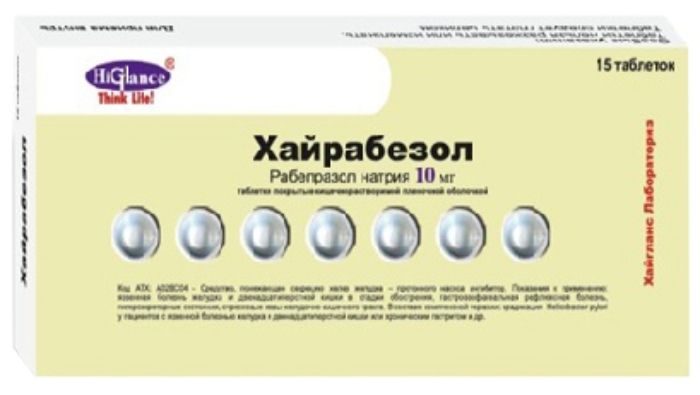
Hayrabezol tab n / an kish.rastv. 10 mg 15 pcs
$8.00
$36.37
Pariet tab n / an kish.rastv. 10 mg 14 pcs
Description
Composition
Active substance:
rabeprazole sodium, 10 mg, which corresponds to 9.42 in terms of mg of rabeprazole respectively.
Excipients:
mannitol (Mannitol) – 26.0 mg Magnesium oxide – 44.7 mg low substituted hydroxypropylcellulose (giproloza) – 13 mg hydroxypropyl cellulose (giproloza) – 4.0 mg magnesium stearate – 1.0 mg, ethylcellulose – 0.7 mg hypromellose phthalate – 8.5 mg, diacetylated monoglyceride – 0.85 mg talc – 0.80 mg titanium dioxide (E171) – 0.43 mg iron oxide red (E172) – 0.02 mg, carnauba wax – 0.0015 mg, edible inks gray F6 (white shellac, iron oxide black, dehydrated ethanol, 1-butanol).
Description:
Pink biconvex tablets of round shape, coated on one side of the marking black ink “E241”. Color pills in a cross section of white to almost white.
Product form:
The tablets, enteric coated 10 mg.
14 tablets in the blister of 2 layers of aluminum. 1 blister together with instructions for medical use in a cardboard box.
Contraindications
– hypersensitivity to rabeprazole, substituted benzimidazoles or auxiliary components of the drug;
– pregnancy;
– lactation;
– up to age 18 years.
Be wary – severe renal insufficiency.
Dosage
10 mg
Indications
The symptoms of dyspepsia associated with gastric hyperacidity, including symptoms of gastroesophageal reflux disease (heartburn, acid regurgitation).
Interaction with other drugs
450 cytochrome system
Rabeprazole sodium, as well as other proton pump inhibitors (PPI), is metabolized with the cytochrome P450 (CYP450) in the liver. In in vitro studies on human liver microsomes, it was shown that sodium rabeprazole metabolized isozymes CYP2C19 and CYP3A4.
Studies in healthy volunteers have shown that rabeprazole sodium, or has no clinically significant pharmacokinetic interactions with drugs that are metabolized by the cytochrome P450 system – warfarin
phenytoin, theophylline and diazepam (regardless of whether diazepam patients strongly or weakly metabolised).
study of combination therapy with antibacterial drugs was carried out. In this four-way crossover study involved 16
healthy volunteers who received 20 mg rabeprazole, 1000 mg amoxycillin 500
mg clarithromycin, or a combination of these three preparations (CANCER – rabeprazole, amoxicillin,
clarithromycin). Indicators for AUC and Cmax of clarithromycin and amoxicillin were similar when compared to combined therapy with monotherapy. The AUC and Cmax
for rabeprazole increased by 11% and 34%, respectively, and for 14-hydroxyclarithromycin (the active metabolite of clarithromycin) AUC and Cmax increased by 42% and
46%, respectively, for the combination therapy versus monotherapy. This increase in impact indicators for rabeprazole, and clarithromycin was found to be clinically significant.
Interaction due to inhibition of gastric juice secretion
Rabeprazole sodium under sustainable and long-lasting inhibition of gastric acid secretion. Thus, there may be an interaction with substances for which absorption is independent of pH. Together with the admission rabeprazole sodium ketoconazole absorption is reduced by 30% and the absorption of digoxin is increased by 22%.
Consequently, for some patients, observation should be conducted to solve the problem of the need to adjust dosages while taking rabeprazole sodium with ketoconazole, digoxin or other medicinal preparations, for which the absorption is dependent on pH.
atazanavir
When simultaneous administration of atazanavir 300 mg / 100 mg ritonavir with omeprazole (40 mg 1
once daily) or with the atazanavir 400 mg lansoprazole (60 mg 1 time per day) to healthy volunteers showed significant lowering effects of atazanavir. Absorption atazanavir depends on pH. While the simultaneous reception rabeprasol not studied, similar results are expected also for other proton pump inhibitors. Thus, no simultaneous reception of atazanavir with proton pump inhibitors is recommended
including rabeprazole.
antacids
In clinical studies, antacid agents used jointly with sodium rabeprazole. Clinically relevant interaction of rabeprazole sodium with aluminum hydroxide gel or magnesium hydroxide were observed.
meal
In a clinical study during the reception of rabeprazole sodium-depleted food fats clinically significant interactions were observed. Receiving rabeprazole sodium simultaneously enriched with dietary fats can slow the absorption of rabeprazole to 4
hours or more, but Cmax and AUC values do not change.
cyclosporine
Experiments in vitro c using human liver microsomes showed that cyclosporin inhibits metabolism rabeprazole IC50 with 62 micromol, t. E. At a concentration 50 times higher than the Cmax for healthy volunteers after 20 days of 20 mg of rabeprazole.
The degree of inhibition is similar to that of omeprazole for equivalent concentrations.
methotrexate
According to reports of adverse events, according to the published pharmacokinetic studies and retrospective analysis suggests that simultaneous reception of IPP and methotrexate (particularly in high dosage) may lead to increased concentrations of methotrexate and / or its metabolite gidroksimetotreksata and increase half-life. However, special studies of drug interactions with methotrexate IPP was conducted.
Overdose
symptoms
Data on intentional or accidental overdose is minimal. rabeprazole there were no cases of severe overdose.
Treatment
A specific antidote for the drug Pariet® unknown. Rabeprazole well bound to plasma proteins, and therefore poorly displayed during dialysis. In case of overdose should be carried out is symptomatic and supportive treatment
pharmachologic effect
Pharmacological group:
means lowering the secretion of the glands of the stomach – a proton pump inhibitor.
Pharmacodynamics:
Mechanism of action
Rabeprazole sodium belongs to a class of antisecretory compounds, benzimidazole derivatives. Rabeprazole sodium suppresses gastric acid secretion by specific inhibition of H + / K + ATPase at the secretory surface of gastric parietal cells. H + / K + ATPase is a protein complex which functions as a proton pump, thus rabeprazole sodium is a proton pump inhibitor in the stomach and blocks the final step of acid production. This effect is dose dependent and leads to suppression of both basal and stimulated acid secretion irrespective of stimulus. Rabeprazole sodium has no anticholinergic properties.
antisecretory action
After oral administration of 20 mg of rabeprazole sodium antisecretory effect develops over hours. Inhibition of basal and stimulated acid secretion 23 h after the first dose of rabeprazole sodium is 69% and 82%, respectively, and lasts up to 48 hours. This duration pharmacodynamic actions predictable by far exceeds the half-life (about one hour). This effect can be explained by binding prolonged drug with H + / K + ATPase of the parietal cells of the stomach. The magnitude of the inhibitory effect of sodium rabeprazole in acid secretion reached a plateau after three days of rabeprazole sodium. At the termination of the reception is reduced secretory activity for 1-2 days.
Impact on the level of gastrin in plasma
In clinical studies, patients received 10 or 20 mg of rabeprazole sodium daily when treatment duration up to 43 months. The level of gastrin in plasma was increased first 2-8 weeks, reflecting the inhibitory effect on acid secretion.
Gastrin concentration returned to its initial level usually within 1-2 weeks after cessation of treatment.
Effect on enterohromafinno-like cells
In the study of human gastric biopsy specimens from the antrum region of the stomach and bottom
500 patients treated with sodium rabeprazole or a reference drug for 8 weeks
lasting change in the morphological structure enterohromafinno-like cells,
its degree of gastritis, incidence of atrophic gastritis, intestinal metaplasia or distribution of infection Helicobacter pylori were not found.
In a study of 400 patients treated with rabeprazole sodium (10 mg / day or 20 mg / day) for up to 1 year, the incidence of hyperplasia was low and comparable to that of omeprazole (20 mg / kg). It was not registered a single case of adenomatous changes or carcinoid tumors observed in rats.
other effects
Systemic effects of rabeprazole sodium in the central nervous system,
cardiovascular or respiratory systems are not currently found. It was shown that rabeprazole sodium orally at a dose of 20 mg for 2 weeks, no effect on thyroid function, carbohydrate metabolism, the level of parathyroid hormone in the blood, as well as cortisol, estrogen, testosterone,
prolactin, glucagon, follicle-stimulating hormone (FSH), luteinizing hormone (LH), renin, aldosterone, and growth hormone.
Pharmacokinetics:
Absorption.
Rabeprazole is rapidly absorbed from the intestine, and peak plasma concentrations are achieved in about 3.5 hours after ingestion of 20 mg doses. Changing the peak plasma concentration (Cmax) and area under the curve values ”concentration-time» (AUC)
rabeprazole are linear over a dose range from 10 to 40 mg. The absolute bioavailability after oral administration of 20 mg (as compared to intravenous administration)
It is about 52%. Moreover, bioavailability is not changed during multiple dose rabeprazole. In healthy volunteers, plasma half-life of about 1
h (varying from 0.7 to 1.5 hours) and the total clearance is 3.8 ml / min / kg. In patients with chronic liver disease AUC doubled compared to healthy volunteers, indicating a decrease in first-pass metabolism, and plasma half-life increased by 2-3 times. Neither the timing of the doses during the day or antacids do not affect the absorption of rabeprazole. The drug with fatty food slows the absorption of rabeprazole in 4 hours or more, but neither Cmax nor the degree of absorption is not changed.
Distribution.
In humans, the extent of binding of rabeprazole plasma protein is about 97%.
Metabolism and excretion.
In healthy people,
After receiving a single oral dose of 20 mg of 14C-labeled rabeprazole sodium unchanged drug was found in the urine. Approximately 90% of rabeprazole excreted in the urine mainly in the form of two metabolites: mercapturic acid conjugate (M5) and a carboxylic acid (M6), and also in the form of two unknown metabolites identified in the toxicological analysis. The remaining portion of the received rabeprazole sodium excreted in the feces.
The total elimination of 99.8%. These data suggest a small excretion of metabolites in the bile of rabeprazole sodium. The main metabolite is the thioether (M1). The only active metabolite is desmethyl (M3), but it was observed in the low concentration of only one study participant after receiving 80
mg rabeprazole.
End stage renal disease
Patients with stable renal insufficiency in the terminal stage, which requires maintenance hemodialysis (creatinine clearance
Chronic compensated cirrhosis
Patients with chronic compensated cirrhosis transferred rabeprazole sodium in a dose of 20 mg 1 time per day, although the AUC is doubled and Cmax increased by 50% as compared with gender matched healthy volunteers.
Elderly patients.
In elderly patients, elimination of rabeprazole has slowed somewhat. After 7 days of rabeprazole 20 mg per day in the elderly AUC was about twice as Cmax
increased by 60% as compared to young healthy volunteers. However, signs of accumulation of rabeprazole were noted.
CYP2C19 polymorphism
In patients with slow metabolism of CYP2C19 after 7 days of treatment at a dose of rabeprazole
20 mg per day AUC increased 1.9 times, and the half-life of 1.6 times compared with the same parameters in the “fast metabolizers”, while Cmax is increased by
40%.
Pregnancy and breast-feeding
Safety data application rabeprazole during pregnancy does not.
Reproduction studies in rats and rabbits revealed no evidence of impaired fertility or fetal development defects caused by rabeprazole; however the rat small quantities of the drug penetrates the placental barrier. Pariet® should not be used during pregnancy except in cases where the expected positive effect for the mother outweighs the potential harm to the fetus.
It is not known whether rabeprazole is excreted in breast milk. Appropriate studies in lactating women have not been conducted. However rabeprazole detected in the milk of lactating rats, and therefore can not be assigned Pariet® lactating women.
Conditions of supply of pharmacies
Without recipe.
side effects
Based on the experience of the clinical studies it can be concluded that Pariet® generally well tolerated by patients. Side effects are generally mild to moderate and are transient in nature.
When receiving Pariet® drug during clinical studies were observed following side effects: headache, abdominal pain, diarrhea, flatulence, constipation, dry mouth,
dizziness, rash, peripheral edema.
Adverse reactions systematic with respect to each of the organ systems using the following classification Frequency of occurrence:
Very frequent (> 1/10)
Common (> 1/100,
special instructions
Patient response to therapy sodium rabeprazole not exclude the presence of malignancies in the stomach.
Tablets should not be chewed Pariet® drug or grind. The tablets should be swallowed whole. It was found that neither the time of day nor food intake does not affect the activity of rabeprazole sodium.
In a special study in patients with mild to moderate hepatic impairment was detected significant differences incidence of side effects of the drug
Pariet® from that of matched by sex and age healthy individuals, but, despite this,
it is recommended to be careful at the first appointment of the drug Pariet®
patients with severe hepatic impairment. AUC rabeprazole sodium in patients with severe impairment of liver function is approximately two times higher than in healthy patients.
Patients with impaired renal or hepatic function adjustment dose
Pariet® not required.
hypomagnesemia
In the treatment of proton pump inhibitors for at least 3 months in rare cases it has been noted cases of symptomatic or asymptomatic hypomagnesemia. In most cases, these messages are received a year after therapy. Serious adverse events were tetany, arrhythmias and seizures.
Most patients required treatment hypomagnesemia consisting of magnesium substitution, discontinuation of proton pump inhibitors. Patients who will receive long-term treatment or who are taking proton pump inhibitors with agents such as digoxin or drugs that can cause hypomagnesemia (e.g. diuretics), medical personnel need to monitor magnesium levels before treatment with proton pump inhibitors and in the treatment period.
Patients should not be taken with medication Pariet® other means,
reducing acidity, e.g. H2 receptor blockers or proton pump inhibitors.
bone fractures
According observational studies suggest that therapy with proton pump inhibitors (PPIs) can lead to increased risk of osteoporosis-related fractures of the hip, wrist and spine. The risk of fracture was increased in patients receiving high doses of PPIs long-term (one year or more).
Concomitant use with methotrexate rabeprazole
According to the literature, simultaneous IPP with methotrexate (particularly in high dosage) may lead to increased concentrations of methotrexate and / or its metabolite gidroksimetotreksata and increase half-life, which can lead to the manifestation of toxicity of methotrexate. If necessary, use of high doses of methotrexate may be considered temporary cessation therapy IPP.
Clostridium difficile
PPI therapy may lead to increase risk of gastrointestinal infections such as Clostridium difficile.
Patients taking the drug Pariet® for short-term symptomatic treatment of the manifestations of GERD and NERD (eg heartburn) without a prescription, you should consult your doctor in the following cases:
– the use of funds for relieving symptoms of heartburn and indigestion for 4 weeks or more – the appearance of new symptoms or a change in the previously observed symptoms in patients aged over 55 years – in cases of unintentional loss of body weight, anemia, bleeding in the gastrointestinal tract, dysphagia, pain in swallowing, persistent vomiting or vomiting with blood, and the contents of epigastric, cases of stomach ulcers or stomach operations on a history of jaundice, etc. (Including dysfunction of liver and kidney).
Patients suffering from long-term recurrent symptoms of indigestion or heartburn should be monitored regularly by a doctor. Patients aged over 55 years, every day taking OTC medications to relieve the symptoms of heartburn and digestive disorders should inform their physician.
Patients should not be taken with medication Pariet® other means,
reducing acidity, e.g. H2 receptor blockers or proton pump inhibitors.
When using other medications patients should consult with a physician or pharmacist before beginning therapy with Pariet® nonprescription.
Patients should inform the doctor before using the drug without a prescription Pariet® if they scheduled endoscopy.
Avoid receiving Pariet® preparation prior UBT.
Patients with severely impaired liver function should consult a physician before beginning therapy with Pariet® nonprescription, for short-term symptomatic treatment of the manifestations of GERD and NERD (e.g., heartburn).
Effect on driving and work with the equipment
Based on the features of the pharmacodynamics of rabeprazole and its profile of adverse effects, it is unlikely that Pariet® affects the ability to drive and operate machinery. However, in case of drowsiness should avoid these activities.
Storage conditions
At temperatures above 25 ° C in the reach of children. Do not freeze.
Dosing and Administration
Inside, at a dose of 10 mg once a day.
Tablets should not be chewed Pariet® drug or grind. The tablets should be swallowed whole. It is recommended taking the drug in the morning before eating. It is established that no time of day or meal no effect on the activity of sodium rabeprazole, but recommended time of tablet Pariet® contributes to better patient compliance.
If no effect during the first three days of treatment requires specialist inspection.
Maximum treatment without consulting a doctor – 14 days.
Information
Appearance may differ from that depicted in the picture. There are contraindications. You need to read the manual or consult with a specialist
Additional information
| Weight | 0.100 kg |
|---|---|
| Manufacturer | Janssen Pharmaceutica |

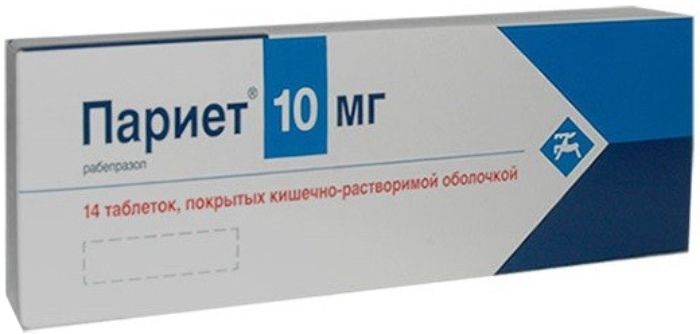
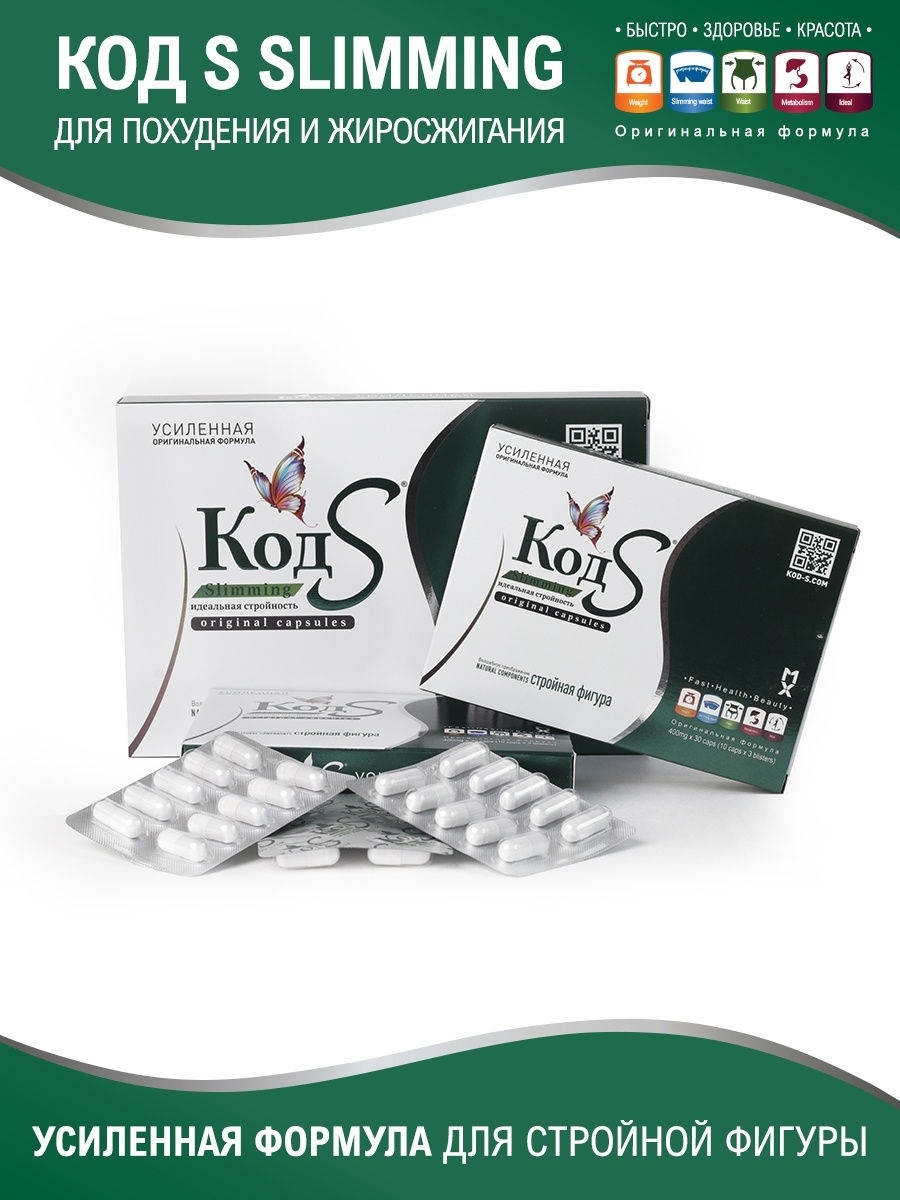
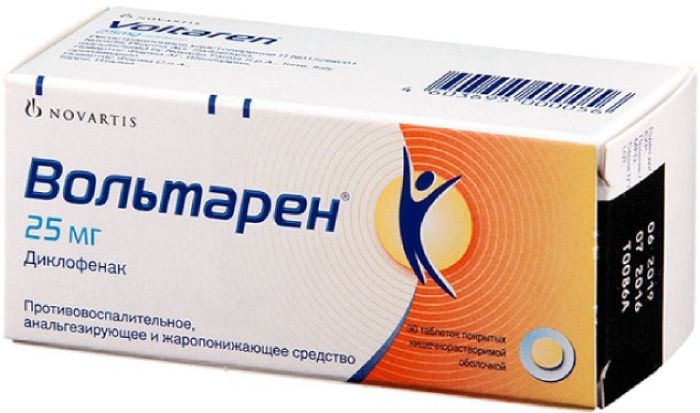
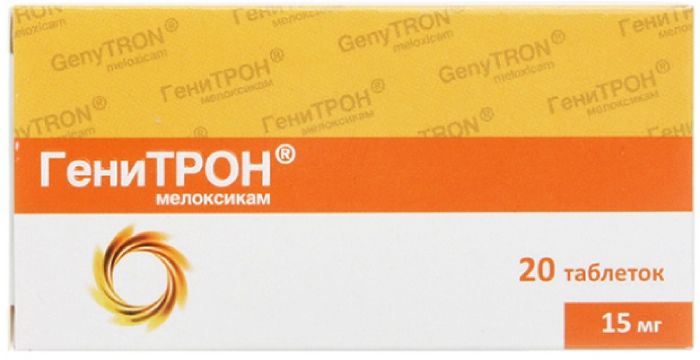
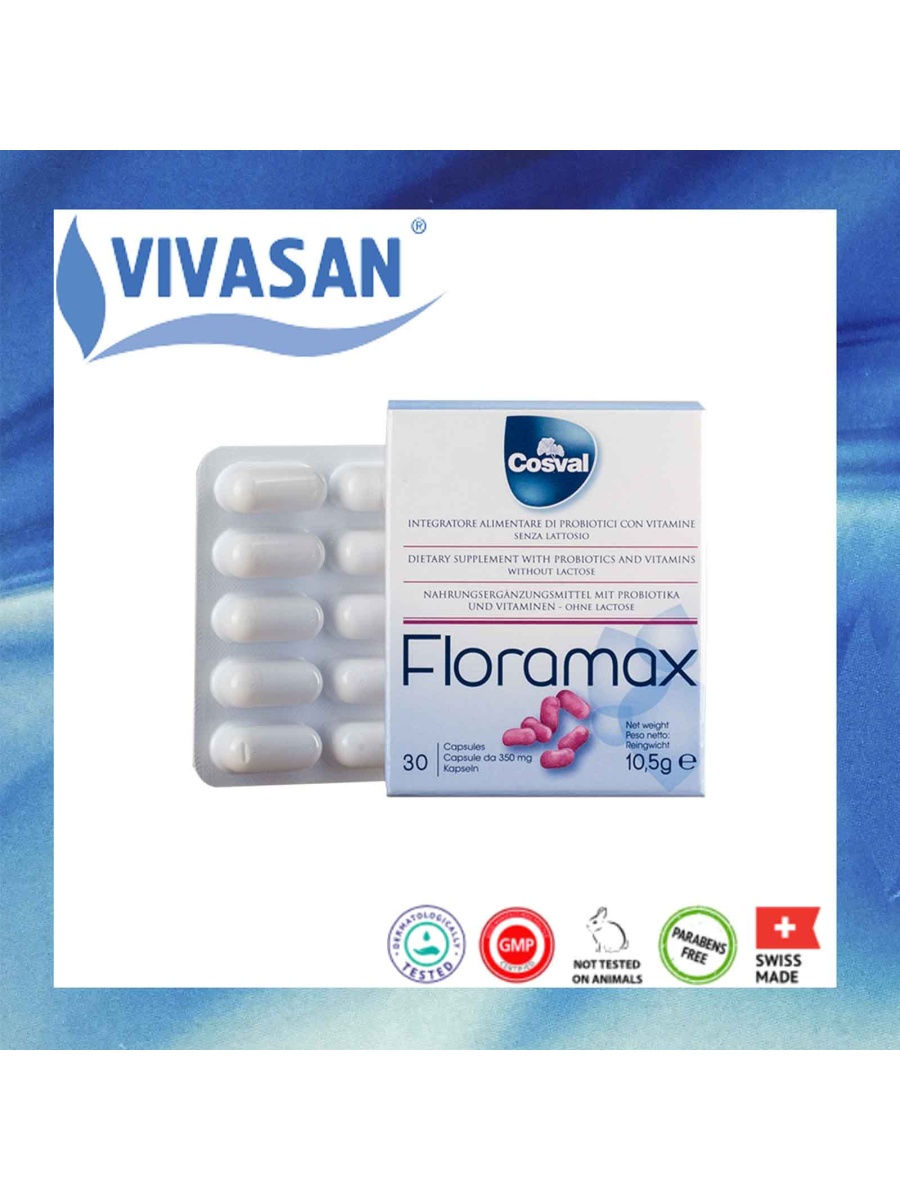

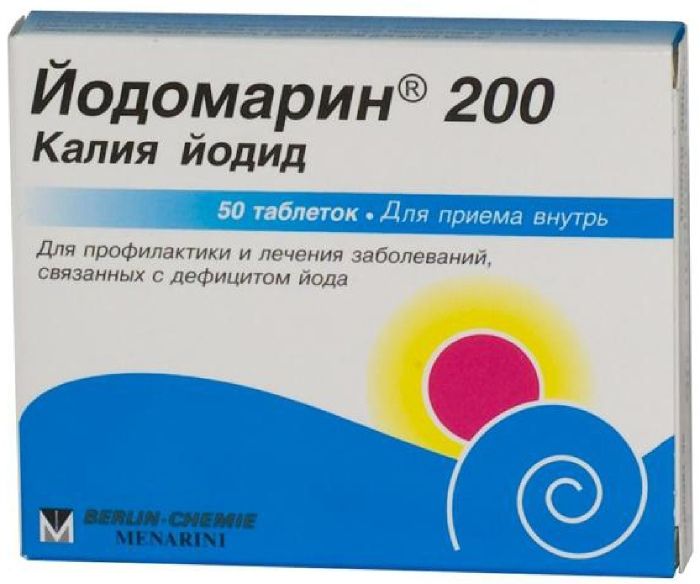




There are no reviews yet.